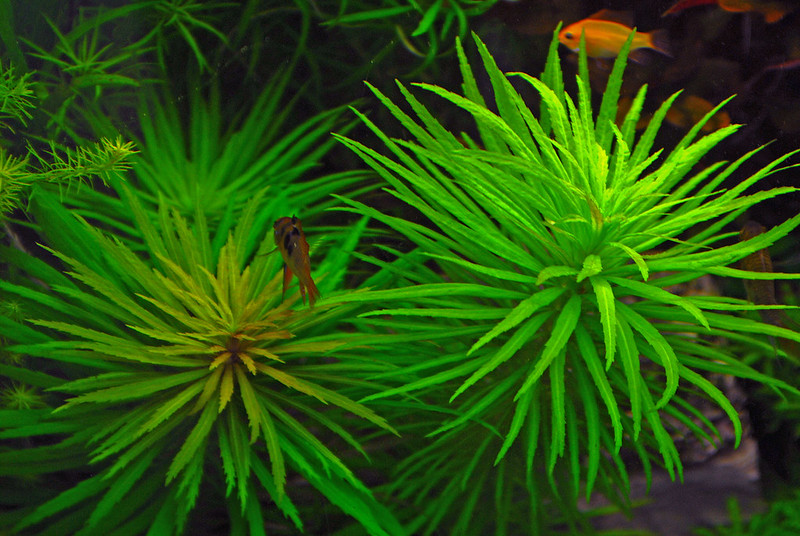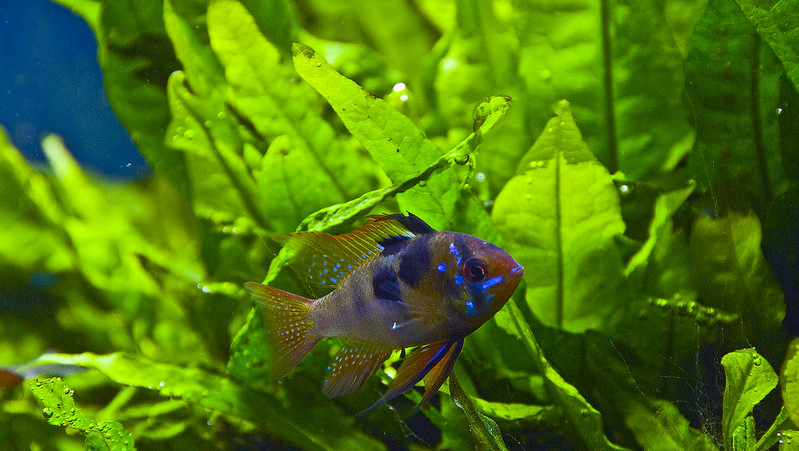WWWhhhooaaaa there I knew it was a bone of contention 😀 I'm not going down the route of testing for nutrients to fathom out my dosing regime.
The tests were £29.99, I use the gh/kh for checking my water for re-mineralising de-io water and making 4dkh solution and this was £10 quid and some bromo for my DC is £8.99 plus £3.50 delivery which was in the kit in the form of a PH test.
So as useless as the other tests are I got them all and a nice case for keeping my stuff in for as well as the ammonia kit for testing newly set up tanks for its presence at least. £7.50 Bargain as I needed the others anyway.
I think it's fair to say that the hardness tests are accurate enough for what we are doing and I can't afford a conductivity tester.
You will notice that I posted I had not stopped any dosing other than the PO4 after the tests, the only reason I cut it out for a while was to experiment with my tank. PO4 is notorious where I live, I have talked at length with LFS owners and breeders from my area and all are agreed as well as the water board results that PO4 is extremely high. They all talk about their different ways of eradicating it. So why not see if limiting po4 in my tank makes any difference nothing to loose I guess. I was only doing it to the next water change then starting again at my regular doses. My macros had po4 in so just added the others at same as usual dry.
The nitrate test I did out of curiosity but had some relevance, my German blue Ram died of unknown cause. I have kept many of these fish and the german as oppose asian versions are susceptible to nitrates. The fish darken heavy breathe and eventually go. This has happened to me many times especially with very young fish so I can't put it always down to coincidence. That fact that it happened again and an inaccurate test showed v high nitrates hints that might have been the case.
Perhaps if I had done the inaccurate test earlier I might have saved the fish. Who knows.
Don't worry though I haven't took my eye of the ball 😀 I might add though that it's not a simple case of resetting the water with a big weekly change. Depending on my work commitments sometimes my tank needs to wait a while.
Am I forgiven?
The tests were £29.99, I use the gh/kh for checking my water for re-mineralising de-io water and making 4dkh solution and this was £10 quid and some bromo for my DC is £8.99 plus £3.50 delivery which was in the kit in the form of a PH test.
So as useless as the other tests are I got them all and a nice case for keeping my stuff in for as well as the ammonia kit for testing newly set up tanks for its presence at least. £7.50 Bargain as I needed the others anyway.
I think it's fair to say that the hardness tests are accurate enough for what we are doing and I can't afford a conductivity tester.
You will notice that I posted I had not stopped any dosing other than the PO4 after the tests, the only reason I cut it out for a while was to experiment with my tank. PO4 is notorious where I live, I have talked at length with LFS owners and breeders from my area and all are agreed as well as the water board results that PO4 is extremely high. They all talk about their different ways of eradicating it. So why not see if limiting po4 in my tank makes any difference nothing to loose I guess. I was only doing it to the next water change then starting again at my regular doses. My macros had po4 in so just added the others at same as usual dry.
The nitrate test I did out of curiosity but had some relevance, my German blue Ram died of unknown cause. I have kept many of these fish and the german as oppose asian versions are susceptible to nitrates. The fish darken heavy breathe and eventually go. This has happened to me many times especially with very young fish so I can't put it always down to coincidence. That fact that it happened again and an inaccurate test showed v high nitrates hints that might have been the case.
Perhaps if I had done the inaccurate test earlier I might have saved the fish. Who knows.
Don't worry though I haven't took my eye of the ball 😀 I might add though that it's not a simple case of resetting the water with a big weekly change. Depending on my work commitments sometimes my tank needs to wait a while.
Am I forgiven?






